The Office of Indigenous Relations on the campus of the University of Nevada, Reno, embarked on its third year by co-hosting a powwow in August. This is part of its ongoing efforts to honor Indigenous traditions and help Native American students and tribes succeed in the future.
The small office was established in 2022 by University President Brian Sandoval. UNR sought to foster connections with local tribes and to facilitate compliance with the Native American Graves Protection and Repatriation Act. The Congressional Act requires institutions like universities and museums to return ancestral remains to their originating tribes.
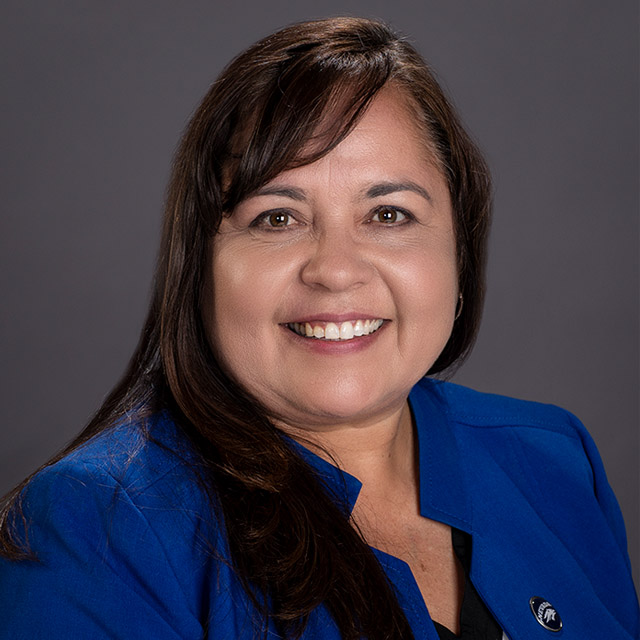
Daphne Emm-Hooper, pictured right, signed on as director in 2022, bringing her administrative experience as she previously served as City Manager for the City of Fernley and Executive Director of Nevada Urban Indians. As an enrolled member of the Walker River Paiute Tribe, Emm-Hooper said efforts have been made in recent years to establish indigenous relations departments at universities across the country. Historically, each department at UNR that held cultural items – like mining, medicine, or archeology – was responsible for compliance with the repatriation act. However, having the human resources to do so was challenging. Pulling it together under one roof with dedicated stewards made sense. The university secured a five-year grant from the Economic Development Administration and established the office as a direct report to the president. It remains a one-of-a-kind entity within Nevada's higher education system.
The department's primary goals focus on supporting Native American students, aiding tribal communities in Nevada, and repatriating collections under the jurisdiction of UNR. The Nevada Legislature initiated a fee waiver in 2021 to recruit more Indigenous students to higher education. The waiver applies to members of the 23 recognized tribes in Nevada and is expanding to include all 574 tribes in America. In 2022, their office aided in 91 fee waivers; that number has grown to approximately 240 for the 2024-2025 school year.
To retain those students, the office is establishing Tribal Academies, which connect students with mentors within their field of study. For example, the academy coordinator for the biomedical field offers one-on-one mentoring, tutoring, and financial aid guidance to his students within the academy. Emm-Hooper said the department has secured funding to hire a nursing coordinator, and the office has plans to employ more academic coordinators to support students through school and provide networking opportunities for internships and future employment.
“The Office of Indigenous Relations actively engages with the community and supports Native American tribes across Nevada,” said Emm-Hooper. To that end, UNR established the Nevada Tribal Leadership Program at the College of Business in 2020. The six-month course is offered to tribal elected officials and teaches the rules of governance specific to their communities.
Another way the office assists is by offering tailored workshops and resources for tribal communities. Emm-Hooper explained that they can assess individual community needs and help design solutions, like water infrastructure or long-term planning needs. Some of the tribes in Nevada are very small in population and acres, and they lack planning or community development departments. These plans are created in collaboration with tribal members, not imposed on them. "This helps tribes self-govern instead of handing them rules they didn't agree to."
Perhaps the most significant goal of the office is to help facilitate the return, or repatriation, of human remains, sacred items, and items of cultural patrimony to the tribes. Congress passed the Native American Graves Protection and Repatriation Act (NAGPRA) in 1990, and compliance is required. UNR's Indigenous Relations office, the only of its kind in higher education in Nevada, focuses on researching the history of the remains and artifacts and returning them to the appropriate tribe.
As a member of the Toi Ticutta Band of Paiute from the Fallon Paiute Shoshone Tribe, was hired as the NAGPRA liaison and tasked with overseeing and coordinating the university's repatriation efforts of sensitive NAGPRA collections. She said she feels an "inherent cultural responsibility" in her work.
Downs brings her vast experience to the office: 24 years with the Fallon Paiute Shoshone Tribe serving several areas of tribal government, including serving as Education Director, Cultural Resources Director, and Tribal Historic Preservation Officer. "This team brings the tribal perspective," Downs said of herself and Emm-Hooper, who make their homes in Fallon.
Downs said the collection of remains and cultural items at UNR began in the early 1940s through "salvage archeology" methods, Which involved removing items from their originating location and bringing them to universities and museums for research or simple long-term storage and curation. Other state-permitted archaeological processes continued through the 2000s.
One of the most well-known remains in Nevada is the Spirit Cave mummy, discovered in 1940 east of Fallon by archeologists working for the Nevada State Parks Commission. After initial testing estimated the mummy's age at 1,500-2,000 years old, the remains sat in museum storage for 54 years. Further testing in 1996 determined that the remains were closer to 9,400 years old. The Fallon Paiute Shoshone Tribe in Fallon made a cultural affiliation claim for the mummy and other funerary items in 1997. Still, it would be nearly 20 years before the BLM would repatriate Spirit Man to the tribe for internment on sacred ground in 2016.
"Every burial, including the man from Spirit Cave, should be treated just as anyone else in any public cemetery. We owe loyalty to those ancestors, and a burial put in the ground today is just as sacred as one put in the ground 10,000 years ago or 300 hundred years ago or even last week for that matter," Downs explained.
Downs has over 3,000 boxes of items to inventory and categorize to ensure collections are together so everything gets included in the repatriation. Her job now is to make sure those forgotten items, stored away for so many years, will now tell their story.
Downs said that for the known burials, the goal is to get collections returned as a cohesive unit, which requires a review of each burial site record to ensure all funerary items are accounted for just as they arrived at the university. Other collections that may not be part of a known burial are presented to the tribes so they can determine if any sacred items or items of cultural patrimony are eligible for repatriation. "These are not objects of curiosity," said Downs, who will care for the items respectfully until they can be returned to the tribes.
The artifacts held at UNR came from federal collections, private donations, and inheritances. The Indigenous Relations office started bringing all the collections under one roof, matched them by the location where they were found, and started repatriation efforts. They also work with the Nevada State Museum, Bureau of Land Management, and other federal and state agencies to match joint collections and determine which agency will lead repatriation efforts.
Repatriation and ongoing care look different for each tribe, so consultation is paramount, explained Downs. "Is the tribe prepared for immediate repatriation, or do they need additional time? Do they have room for interment in their cemeteries, or do they need to establish other repatriation or collection storage alternatives? Maybe they wish to bury their ancestor immediately but need more time to determine repatriation of the remaining collection because they don't have the room now. It's the university's responsibility to not only assist the tribes but be ready when the tribes are ready to repatriate," Downs said.
"The tribes have the tough job in repatriation, whether cultural or logistical, and all repatriation decisions remain with the tribes. We do what we can to help them with anything they need, including preparing them for the acceptance of any collection in a manner that they feel comfortable and safe with."
UNR first conducted inventories of its Native American collections in 1995 and assisted with five repatriations. Since Sandoval created the Office of Indigenous Relations, it has completed two additional repatriations. Downs is pleased they have made progress so quickly. "I want the ancestors to go home with everything they came with," Downs said.
Emm-Hooper stated she's eager to watch her department grow, with additions planned for October, and to collaborate further with and elevate the Native American communities.
"This is such an honor," she said. "Part of my mission is to be able to give back to my community, and it's so rewarding."


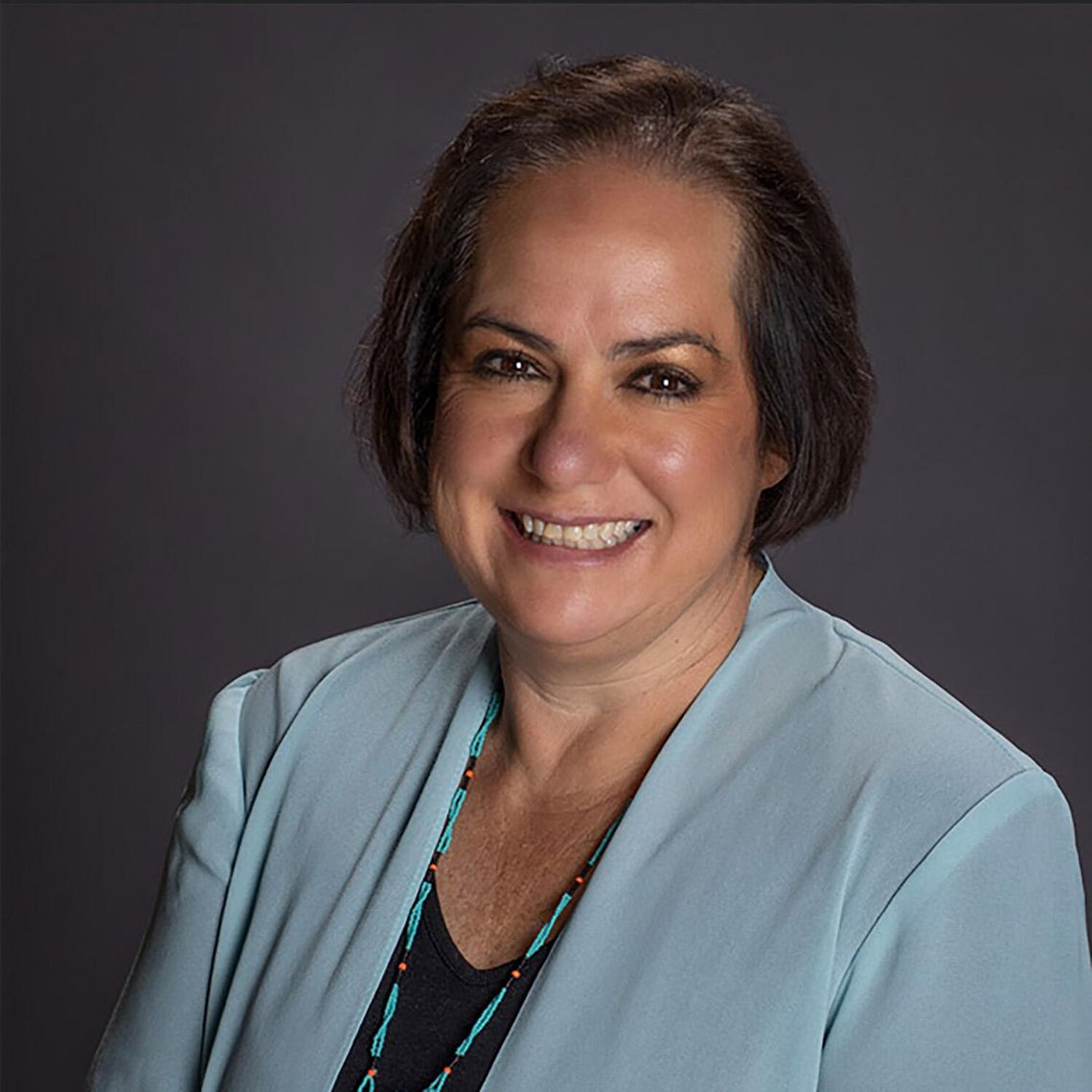
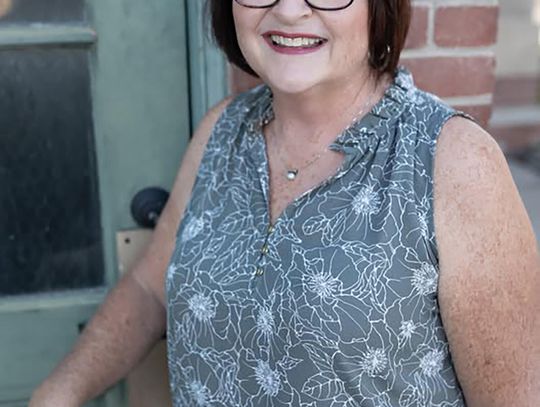
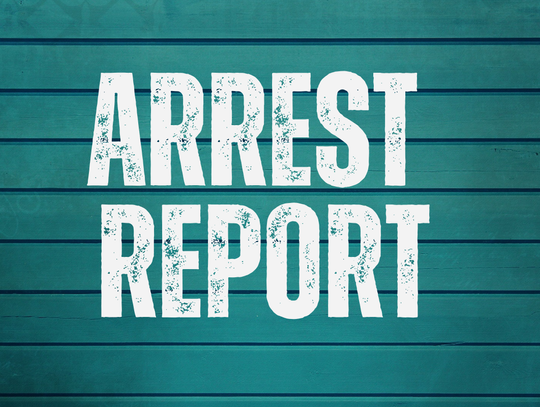
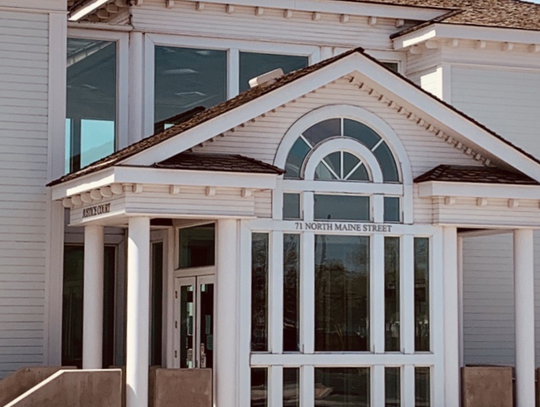
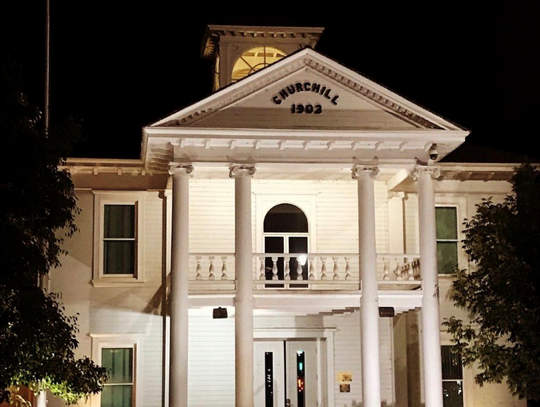
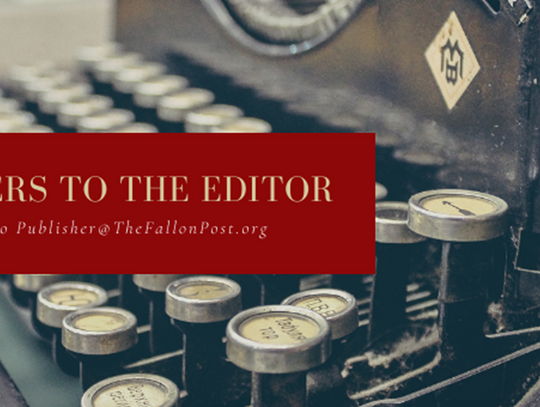


Comment
Comments